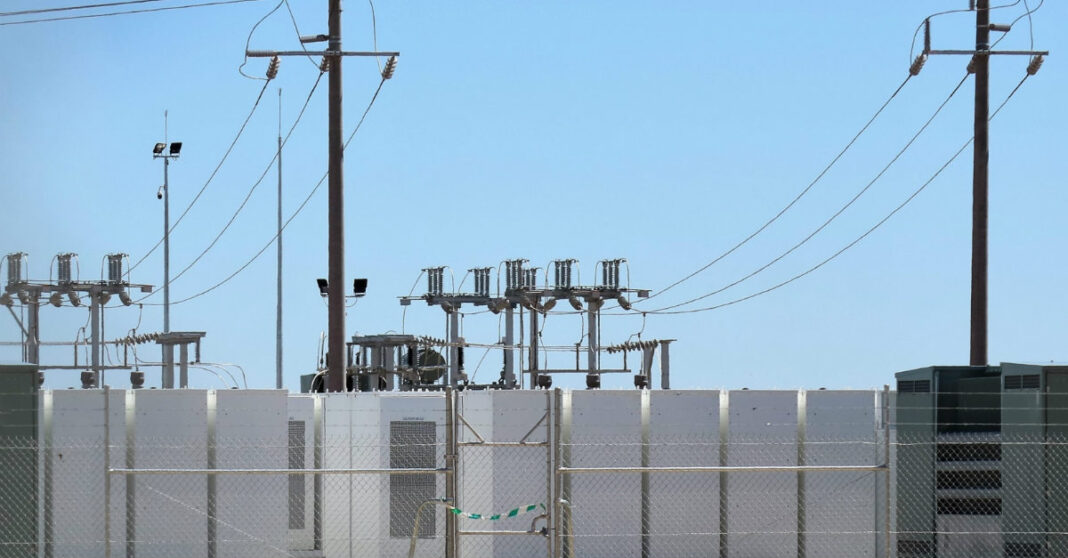If you’re looking to finance a solar or battery system, one option is battery storage financing. It’s a way to borrow money against the value of your battery system, in order to install more batteries and save on your energy costs. And it’s an increasingly popular way to go – battery storage systems are becoming more affordable and better quality all the time.
There are a few things you need to know before getting battery storage financing. First, your solar or battery system will need to be appraised and verified to determine the system’s value. This is important because the lender will want to be sure that the system is worth borrowing against.
Second, you’ll need to have a good credit score in order to get approved for a battery storage loan. Lenders want to make sure you’re able to repay the loan – and there are penalties for making payments late.
Third, you’ll need to have enough money saved up to cover the cost of the batteries and installation. Battery storage loans can be quite expensive, so it’s important to have enough money available in case you need it.
Finally, be prepared to provide documentation of your solar or battery system’s value and your credit score. You’ll also need proof of income, such as tax returns or bank statements.
What is Battery Storage Financing?
Battery storage financing is a type of financing that allows customers to borrow money against the value of their battery storage system in order to pay for the system. The battery storage system can be a solar or wind power system, or a battery pack to store energy from a renewable energy source like solar or wind.
The advantage of battery storage financing is that it allows people to pay for their battery storage system in advance rather than waiting for the system to be paid for by its power output. This means that people can get their battery storage system sooner and use the stored energy right away.
The disadvantage of battery storage financing is that it can be expensive and there is risk involved in borrowing money against the value of a property. If the value of the property decreases, then the customer may have to bear the burden of this decrease in value.
How Battery Storage Financing Works
Battery storage financing is a new way for businesses to finance their investments in batteries. With battery storage financing, businesses can borrow money against the value of their batteries to pay for the cost of installation or ownership.
There are two main types of battery storage financing: leasing and purchase financing.
Leasing is like renting, where the business pays a monthly fee for the battery storage. The advantage of leasing is that the business doesn’t have to worry about owning the battery or making any long-term commitments. The disadvantage is that leased batteries may not be eligible for future upgrades or replacements, and they may also be subject to cancellation if the lease agreement isn’t renewed.
Purchase financing is like buying a car, where the business pays for the battery outright. The advantage of purchase financing is that businesses can own their batteries and upgrade or replace them over time without having to worry about losing money. The disadvantage is that purchase financing often has higher interest rates than leasing and may not be available in all jurisdictions.
Both leasing and purchase financing are available through a variety of providers, including banks, credit unions, and private equity firms.
Battery storage financing is a new way for businesses to finance their investments in batteries. With battery storage financing, businesses can borrow money against the value of their batteries to pay for the cost of installation or ownership. There are two main types of battery storage financing: leasing and purchase financing.
Leasing is like renting, where the business pays a monthly fee for the battery storage. The advantage of leasing is that the business doesn’t have to worry about owning the battery or making any long-term commitments. The disadvantage is that leased batteries may not be eligible for future upgrades or replacements, and they may also be subject to cancellation if the lease agreement isn’t renewed.
Purchase financing is like buying a car, where the business pays for the battery outright. The advantage of purchase financing is that businesses can own their batteries and upgrade or replace them over time without having to worry about losing money. The disadvantage is that purchase financing often has higher interest rates than leasing and may not be available in all jurisdictions.
Pros and Cons of Battery Storage Financing
When considering battery storage financing, there are a few things to consider. First, the investment amount you are borrowing will affect the interest rate you are charged. Second, the length of the loan will also affect the interest rate. And lastly, the terms of the loan will determine whether or not you have to make payments back-to-back or in installments.
The pros of battery storage financing include that it can provide a quick way to get your investment up and running. The cons include that interest rates can be high and that loans can have high repayment requirements.
Ultimately, the best way to decide if battery storage financing is right for you is to speak with a financial advisor. They can help you understand all of the different options and how they may impact your overall financial situation.
Conclusion
Battery storage is quickly becoming a key component of the renewable energy market. By providing an affordable and reliable way to store energy generated from renewable sources, battery storage can help reduce greenhouse gas emissions, while also giving customers more control over their electricity bills.
There are a number of different battery storage technologies available, but the most common type is called a lithium-ion battery. In this article, we will explore how battery storage financing works and provide some tips on finding the best option for your needs.









